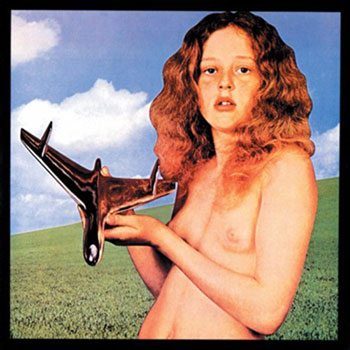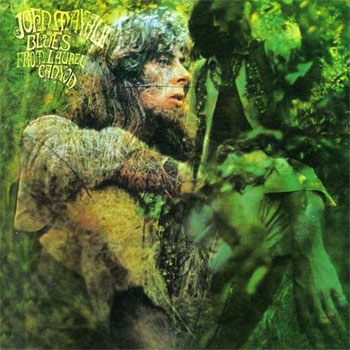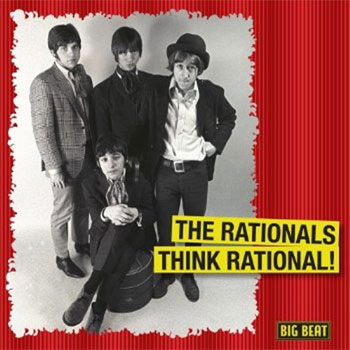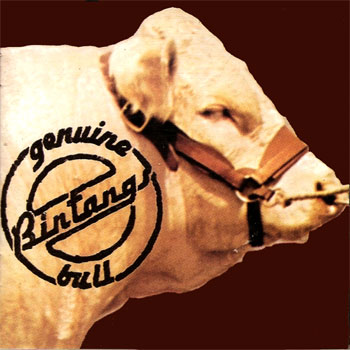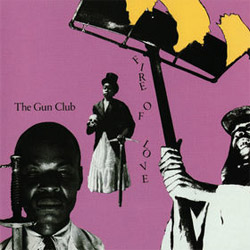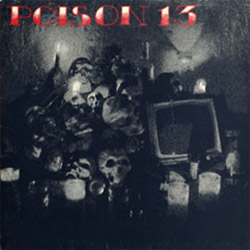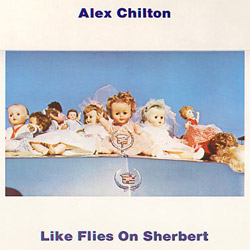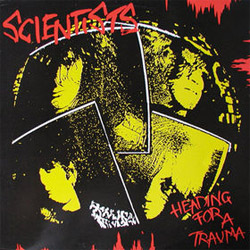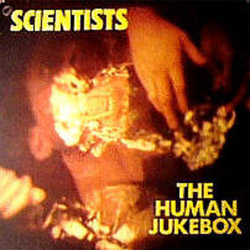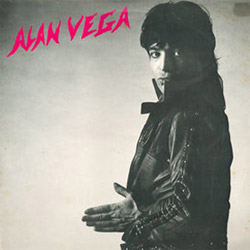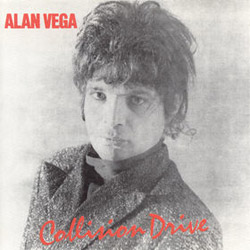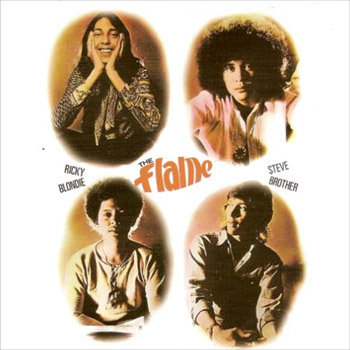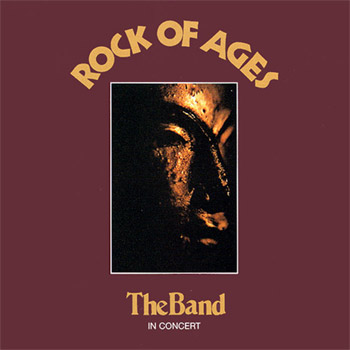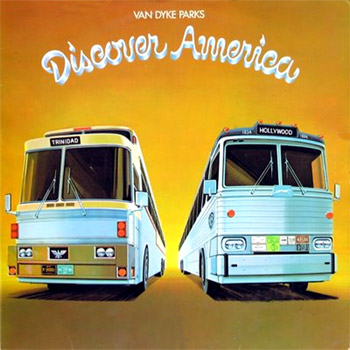Chicago Transit Authority (self-titled)
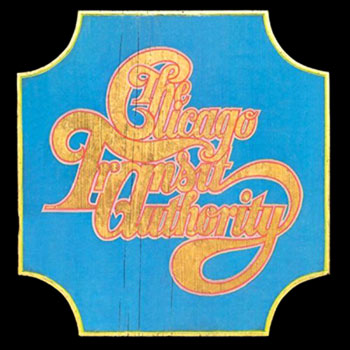
Opinion on what is surely one of the finest debut albums ever made tends to be somewhat polarised these days. Detractors of what eventually, sadly, unforgivably, metamorphosed into the ultimate slush-rock outfit simply ignore it; admirers of the earlier stuff who nonetheless try to distance themselves from the currently unfashionable genre of jazz-rock describe the band as a mainstream hard-rock quartet accompanied by a more-adventurous-than-average Memphis-style horn trio. In fact Chicago Transit Authority has real jazz in bucketloads, alongside blissed-out rock, blues, funk-soul and some wilful psychedelic oddness, particularly in the lyrics and occasional sound effects. And in this instance the mixture really does work.
The first thing that hits your consciousness is the bullhorn-brash confidence of this nascent outfit. Seven unknown but uncompromising musicians offer as their first recording a double album containing eleven lengthy tracks (and one short prologue). The staple fare is meticulously arranged songs, some of which contain enough modulations and changes of tempo to allow them to qualify as suites. Heaven knows how long they rehearsed to get their sh*t this tight, but they are that good and they know it. What other band had the chutzpah to include on its debut a seven-minute solo guitar piece comprising only electronic feedback, long before Lou Reed or Neil Young did so? No wonder the guitarist can be heard laughing into the amplifier mic half way through the piece. He’s not giving the finger to the record company; he’s saying, this isn’t gratuitous noise, this is our art: make up your own mind whether it’s valid.
All the musicians are excellent, but in particular guitarist Terry Kath can give Hendrix a fright in the sustain/widdling stakes (Poem 58: reportedly, Jimi rated him as a peer) and can perform a continually-inventive twelve-minute strut on the pentatonic comparable to Frank Zappa at his best (Liberation). Yes, the horns can throw in the choreographed stabs, but they show themselves capable of ambitious yet economical improv soloing (Introduction). Together, the septet move beyond finely honed jazzy pieces (Beginnings) through a bludgeoning riff-blues (South California Purples) to a latin-drenched drum solo (the fine cover of Steve Winwood’s I’m A Man), while the lyrics veer from hippy-dippy mysticism (Does Anybody Really Know What Time It Is?) to abrupt political statement (Prologue, August 29, 1968 / Someday). The latter segues seamlessly and intelligently out of the former, a location recording of a chanting civil rights crowd, to drum the message home.
Chicago’s second release was also a jazzy double album, but the experimental weirdness was gone, leaving only a more sterile virtuosity. After that, it was downhill all the way to If You Leave Me Now. Chicago Transit Authority stands as their finest.
“Prologue, August 29, 1968”
![]() CD Reissue | 2002 | Rhino | amazon ]
CD Reissue | 2002 | Rhino | amazon ]
![]() Original Vinyl | 1969 | Columbia | search ebay ]
Original Vinyl | 1969 | Columbia | search ebay ]
![]() MP3 Album | download ]
MP3 Album | download ]
![]() Spotify link | listen ]
Spotify link | listen ]
